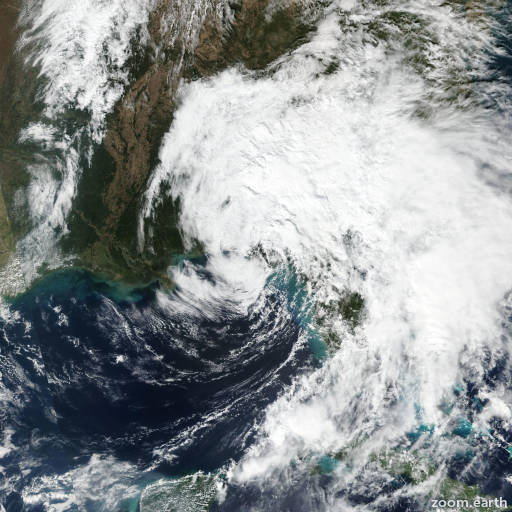Tropical Storm Nestor 2019
Last Modified:

Satellite images, weather maps and tracks of Tropical Storm Nestor 2019, 18 - 21 October. Max wind speed 60mph.
Click on the map to add points. Double‑click to finish.
Tap on the map to add points.
Last Modified:

Satellite images, weather maps and tracks of Tropical Storm Nestor 2019, 18 - 21 October. Max wind speed 60mph.